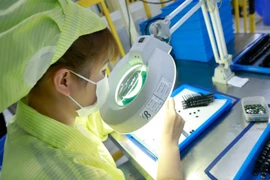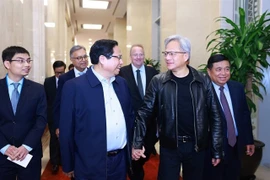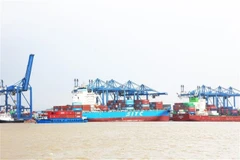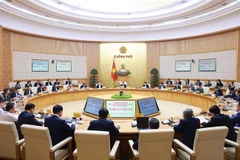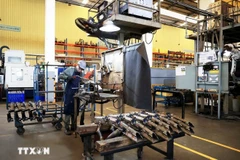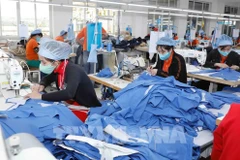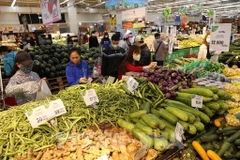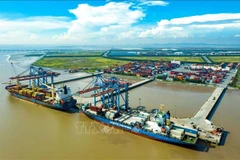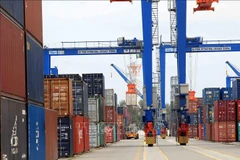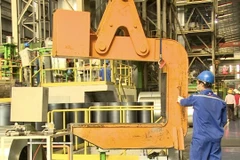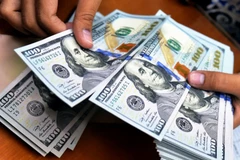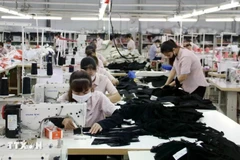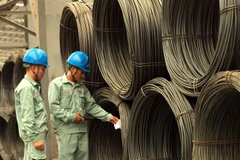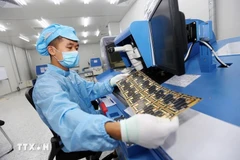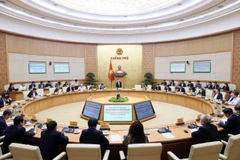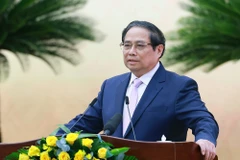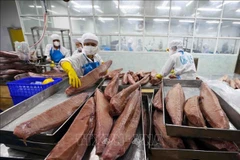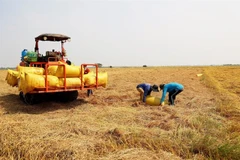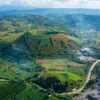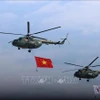Da Nang (VNS/VNA) - An investment certificate on chip design has been given to SkyeChip, a Malaysia-based leader in semiconductors, to develop a project in the central city of Da Nang.
A source from the Da Nang Semiconductor and Artificial Intelligence Centre for Research and Training (DSAC) said the certificate was handed over to the Malaysian investor at a ceremony on January 2, promising a surge in investment projects in semiconductors, AI and chip design.
A report from the city unveiled that some key investors including Mixel Vietnam, the Da Nang branch of Marvell Vietnam, Sibridges Vietnam, Connexus and Ideas2Silion Vietnam and the domestic AIAIVN, a Vietnamese generative AI firm, have registered to bring their operations to Da Nang.
Other businesses, including Synopsys, Quest Global, FPT Semiconductor and Renesas, plan to expand their investment and workforce training programmes in the central city.
The report also noted that firms like Nvidia, Qualcomm, Intel, Mediatek and Super Micro had paid for field surveys to explore the investment environment and opportunities in Da Nang.
Last May, the US-based Marvell Technology, Inc. announced the opening of a new design centre in Da Nang.
The central hub plans to be one of the three largest centres of semiconductor and AI industries in Vietnam, along with Ho Chi Minh City and Hanoi.
Requirements include training 5,000 engineers, including 2,000 chip designers, by 2030 in order to supply manpower for these industries.
A series of Memorandums of Understanding (MoUs) were signed by the city’s Department of Information Technology and Communication and partners including Synopsys International, Marvell Vietnam, local investor Sovico, Viettel Group and FPT IS at a semiconductors and AI conference last year.
The city has been accelerating plans to complete the Da Nang Software Park No 2, a centralised information technology zone owned by the Government, to provide working spaces for 6,000 IT and semiconductor employees.
DSAC and six universities in the city also agreed to cooperate in research and training for semiconductors and AI.
Arizona State University has already started the first training courses for 22 trainees in microchip design and 17 other trainees in Assembling, Testing and Packaging in the city.
Partners from Vietnam and the Republic of Korea also signed five deals on cooperation and development of AI technology in healthcare and smart cities in Da Nang.
The RoK’s LG Electronics plans to build an R&D centre, while Samsung established a Samsung Innovation Campus at Da Nang-Duy Tan University.
The Vietnam-Korea Information Technology and Communications University plans to cooperate with LG Electronics and the University of Northampton in the UK to research digital human resources and applications in high-tech industries.
To date, 14 businesses are operating chip design and semiconductor facilities in the central city, including Synopsys, Uniquify, Renesas, Synapse (now Quest Global), Sannei Hytechs, Mixel Vietnam, Marvell Vietnam, Sibridges Vietnam, Ideas2Silion Vietnam, FPT Semiconductor, Viettel Hi-Tech and Acronics./.

